A music history course for college prep, homeschool, and life-long learners that connects music to the visual arts, geography, science and technology, political history, religion, economics and more. Music is connected to everything.
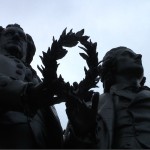
Unit 1: Using Music History To Unlock Western Culture
Developing critical listening skills while considering cultural context and society are the goals in our study of music history. Music connects to everything. Analyzing its history and mechanics will unlock the values of a society. Literacy in music and the arts gives us a powerful key in any academic discipline.
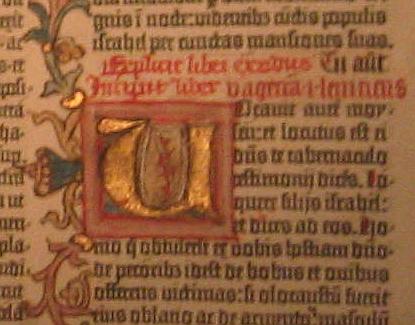
Unit 2: Music Entwined with Great Events in Western History
From Martin Luther’s Reformation and Gutenberg’s printing press to the gramophone and iTunes, musical style responds to technology, science, religion, and economics.
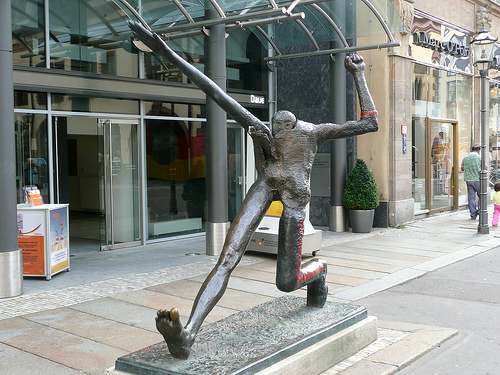
Unit 3: Technology, Terminology, and Cultural Perspective
Mastering terminology allows us to understand music and its connections to world events. Examining the role of music in Western history allows us to judge the arts of our own times.
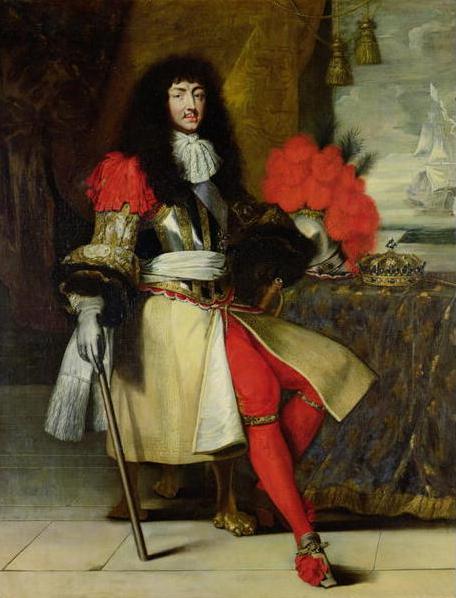
Unit 4: Fanfare and Power: The Court of Louis XIV
A chessboard for science, politics, and the arts, Louis XIV’s sumptuous palace of Versailles, court chapel, and royal theater set the standards for fashion, etiquette, and music across the Western world. Louis XIV provides one of the best examples of the way Dynastic Power joined with the arts to influence Western Culture. Video clip.
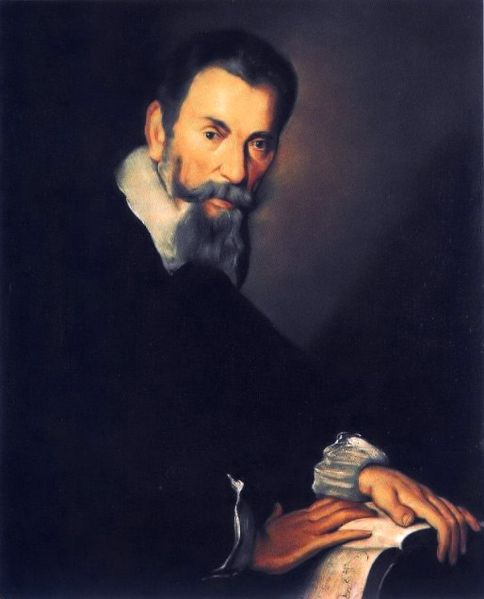
Unit 5: Sweeping Away the Renaissance into the Baroque
Literature and art reached the pinnacle of development in the Renaissance with Michelangelo and Shakespeare. But the scientific era of the Baroque demanded a modern, highly systematized music. Critical changes are illustrated in the music of a composer who straddled both eras (Renaissance & Baroque): Claudio Monteverdi (1567-1643), whose “L’Orfeo” in 1607 marks the beginning of opera.
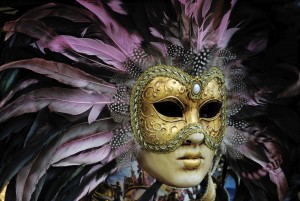
Unit 6: Liturgical Calendar, Street Parties, and the New Church Music
What do Palm Sunday and Mardi Gras have to do with each other? The Liturgical Calendar dictated social and artistic life in ways that are unimaginable today. The restrictions of the Lenten cycle brought forth new forms of music, including the birth of the oratorio.
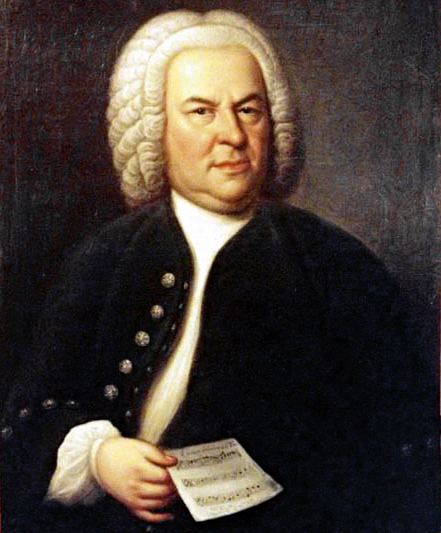
Unit 7: A Lively Journey Through the Life of Johann Sebastian Bach
Bach’s jobs demanded ever-increasing skills. He mastered acoustics and the complex technology of the organ. His duties at each place of employment (the “stations of Bach”) reveal much about court politics, economics, and religion in the late Baroque era. Video clip.
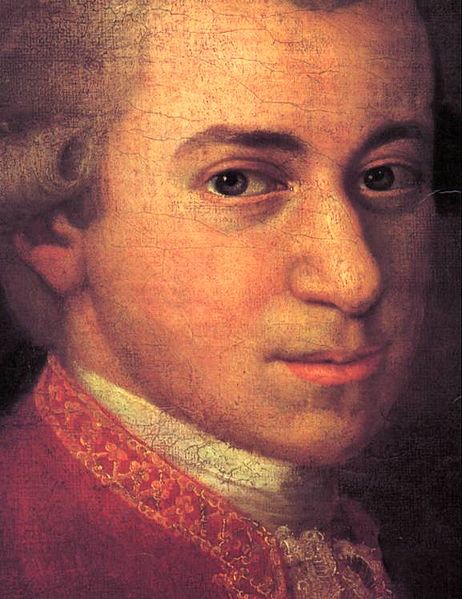
Unit 8: Enlightenment, Classicism, and the Astonishing Mozart
From Voltaire and Diderot to America’s Founding Fathers, the Enlightenment changed Western culture. Absolute monarchs like Frederick the Great and the paintings of Antoine Watteau set the tone. The new thought, the principles of absolutely monarchy, and lighter style (rococo and stil gallant) all influenced the rise of a genius named Mozart. Meanwhile, Franz Joseph Haydn (1732-1809) forged a successful career that ultimately brought him international success.
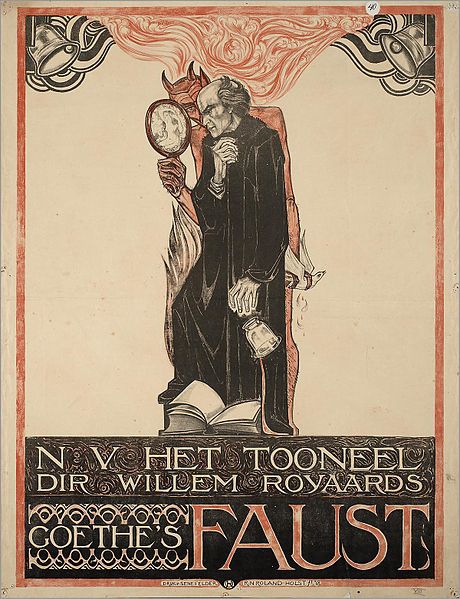
Unit 9: Into the Abyss: The Century Struggles with Unfettered Imagination
Nineteenth-century art clashed with Enlightenment ideals. Artists seeking individual expression created a fascinating road map through the challenges of the 19th century. Sentimentalism, the literary precursor to Romanticism, and the new sensitivity (Empfindsamkeit) fostered the works of Johann von Goethe (1749-1832), and Casper David Friedrich (1774-1840) brought forth an era of Romanticism in the arts. Goethe’s “Sorrows of Young Werther” and “Faust” astonished society.
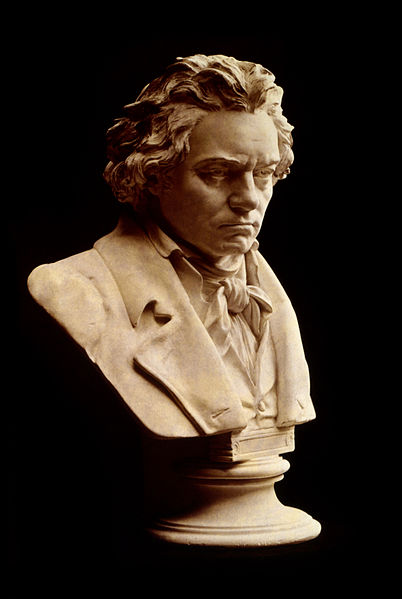
Unit 10: Beethoven as Hero and Revolutionary
After the 1789 French Revolution, the Napoleonic Wars changed Europe forever. Ludwig van Beethoven (1770-1827) met the challenges of this unstable era, discovering a new musical language for his extraordinary music. Beethoven would soon be treated as an Olympic diety and his successors would live and work under “the shadow of Beethoven.” Video clip.
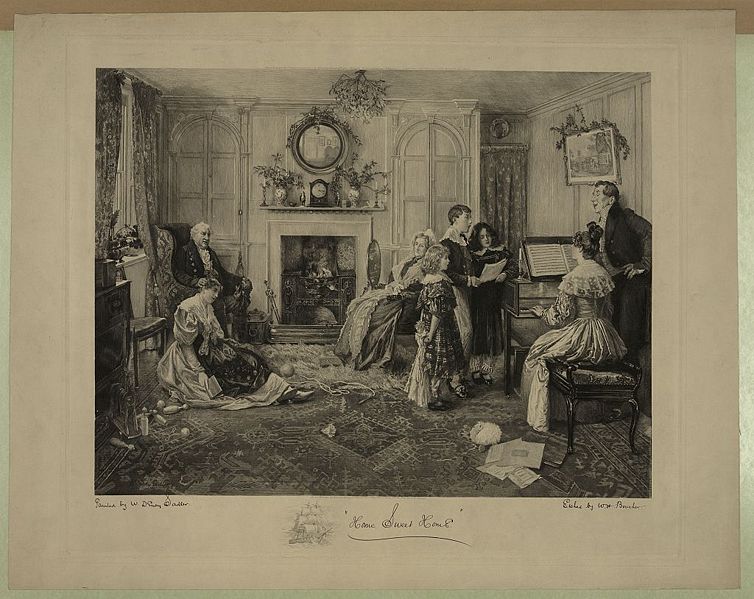
Unit 11: Salons, Poetry, and the Power of Song
From Schiller to Shelley, poetry found its home in the aristocratic drawing room as a new system of patronage took hold. Words and music became a mirror for Romantic idealism and the quest for individual expression. Poets and composers combined to create powerful new movements in “song” (Lieder). We look particularly at Schubert’s and Loewe’s settings of “Erlkönig” and Schumann’s “Dichterliebe.”
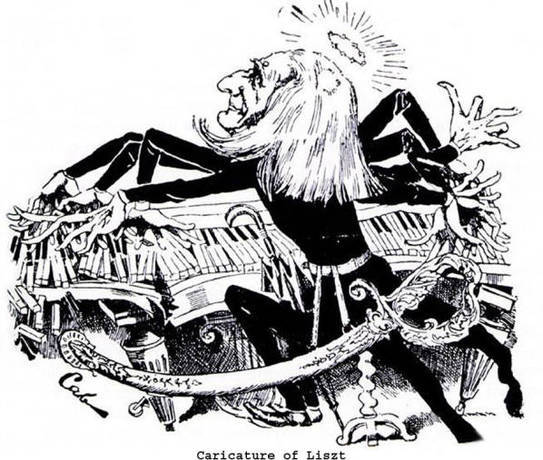
Unit 12: A Tale of Four Virtuosi and the Birth of the Tone Poem
Extraordinary playing skills caught the imagination in the 19th century, and the system of musical super-stardom was born in the careers of Paganini (1784-1840) and Liszt (1811-1886). Chopin (1810-1849) was the beloved poet of the piano, and the genius Mendelssohn (1809-1847) set new standards in orchestral music. Mid-century, the highly imaginative Liszt recast the art of conducting, and created the Tone Poem—the ancestor of the great film music we hear today.
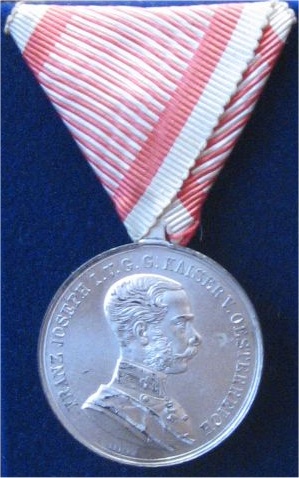
Unit 13: Nationalism and the Explosion of Romantic Opera
Audiences responded to opera the same way they do to movies today. Cutting-edge social issues increasingly filled the opera stage. The singers became super-stars. And especially in the 19th century, operas stirred up a desire for national independence and challenged society’s values. But, perhaps surprisingly, one of the best ways to begin studying the development of 19th-century opera is with a ballet named “Giselle” (1841).
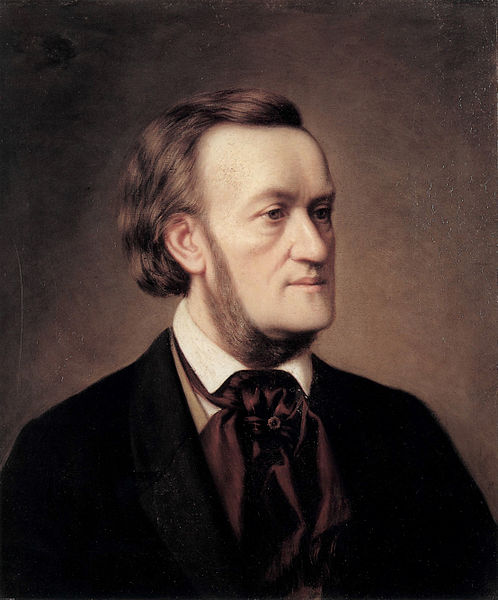
Unit 14: The Absolutely New World of Wagner
Richard Wagner’s (1833-1883) revolutionary ideas were either loved or hated by his contemporaries. He spent his colorful life in a tireless campaign to change Western culture through a new type of music drama. Even today his operas stir up strong reactions, and their vast scope and intense drama still serve as a model for creative artists today.
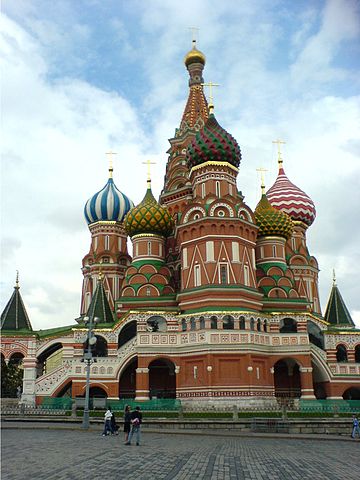
Unit 15: Imperial Russia – A Cultural Odyssey
Were Moscow and St. Petersburg imitators of Italian and French fashions? Or, were they remote locations where unique styles developed from the heart of native Russian artists? In this Orthodox Christian country, the Tsars decided every aspect of culture. But when the 19th-century arrived, Russian composers, painters, and writers began to make new pathways for themselves. Video clip.
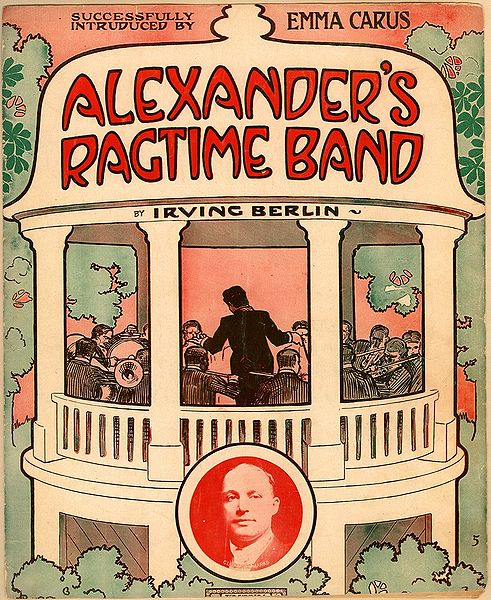
Unit 16: Load Up the Wagons: The Story of American Music
American music was born in the Philadelphia concert hall and the Missouri covered wagon. Thomas Jefferson’s harpsichord, Puritan psalmody, Shaker hymns, and Sacred Harp, Civil War ballads, Minstrelsy and Vaudeville tunes all celebrate the diverse origins of America’s culture.
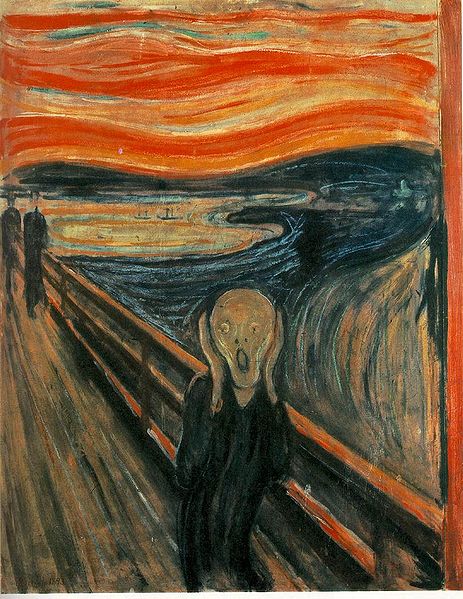
Unit 17: Turning the Page on Western Tradition with the Explosion of War
Artists have their ears to the ground and sense cataclysmic events looming before they explode in a culture. Artists responded to the end of the 19th century (fin de siècle) by creating radical new works as Western culture catapulted towards World War I. Video clip.
